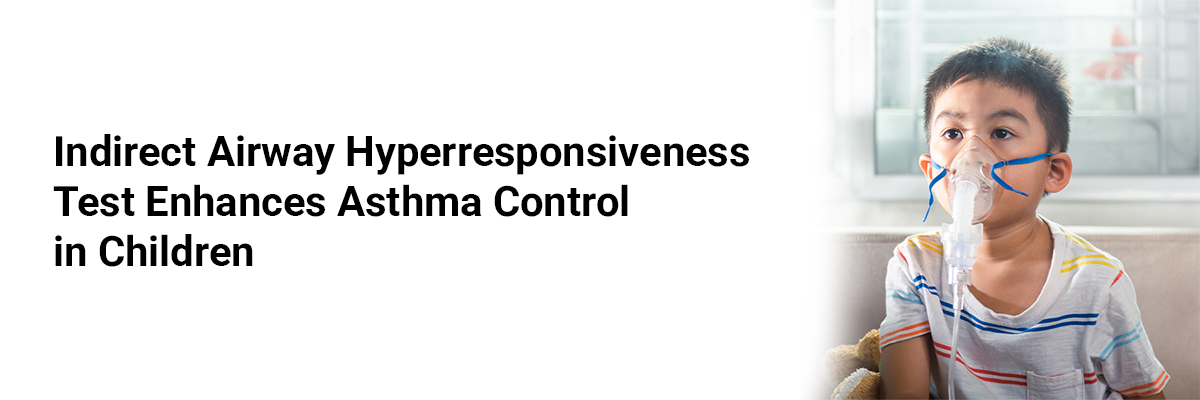
Indirect Airway Hyperresponsiveness Test Enhances Asthma Control in Children
Incorporating indirect airway hyperresponsiveness (AHR) test with
hypertonic saline in the management of asthma in children can
reduce the risk of mild exacerbations, suggests a new study published in the
journal Pediatric Pulmonology.1,2 Eosinophil counts were associated
with the risk for recurrent exacerbations.
Janusz Ciółkowski from the Allergology Outpatient Clinic at the Regional
Public Hospital in Lesko, Poland and colleagues conducted this study to
establish the usefulness
of indirect airway hyperresponsiveness (AHR) testing with
hypertonic saline in maintaining asthma control in children. For
this, they enrolled 104 patients, aged 7-15 years, with mild-moderate
atopic asthma in the study. All patients underwent spirometry and
assessment of exhaled nitric oxide and blood eosinophils assessment at the
start of the study and then every 3 months for one year. Patients were
randomized to either a symptom-only monitored group and a group in
which treatment was modified on the basis of symptoms and severity of
AHR.
At the end of one year, the patients in the AHR group had fewer mild
exacerbations compared to the symptom-only monitored group; 44 vs 85,
respectively. The absolute rate per patient was 0.83 vs. 1.67. However, changes
in clinical (except asthma control test) parameters including
inflammatory and lung function measures were comparable in both groups. The
baseline eosinophil count was found to be linked to AHR and was “a risk factor
for recurrent exacerbation in all patients”, noted the authors. No significant
difference was detected between the two groups when the final dose of inhaled
corticosteroids (ICS) was being decided; 287 (AHR group) vs 243
(symptom-monitored group).
Performing a hypertonic
saline test in children with asthma in addition
to clinical monitoring of patients improves asthma control as
evidenced by reduction in the number of mild exacerbations. The dose of ICS
required to maintain asthma control was also comparable between the
two groups. “The hypertonic saline test appears to be a simple,
cheap, and safe tool for monitoring the treatment of
mild-to-moderate asthma in children”, concluded the authors.
References
1. Janusz Ciółkowski, et al.
Childhood asthma treatment based
on indirect hyperresponsiveness test: randomized controlled
trial. Pediatr Pulmonol. 2023 Sep;58(9):2583-2591. doi: 10.1002/ppul.26556.
2. Grossi G. https://www.hcplive.com/view/indirect-airway-hyperresponsiveness-test-optimizing-asthma-treatment-children.
Dated June 28, 2023, Accessed on Oct. 19, 2023.



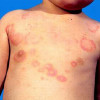
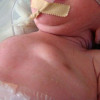


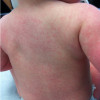


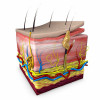


Please login to comment on this article